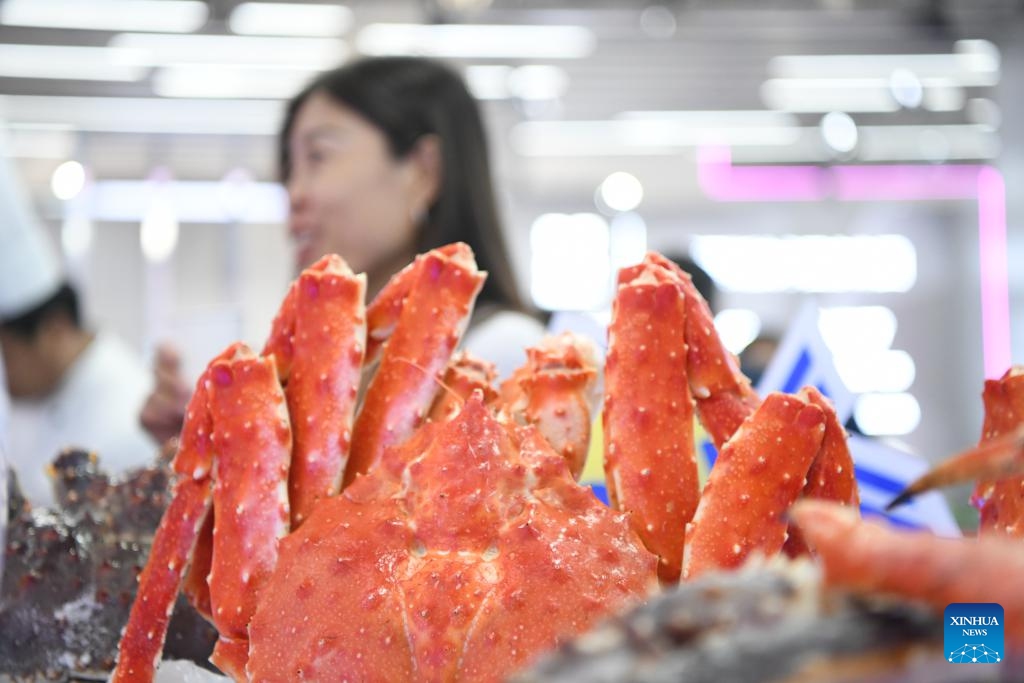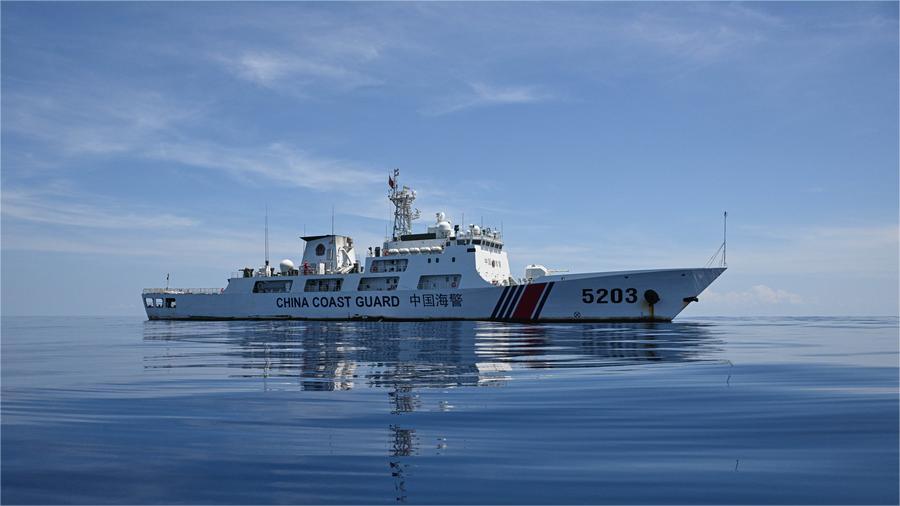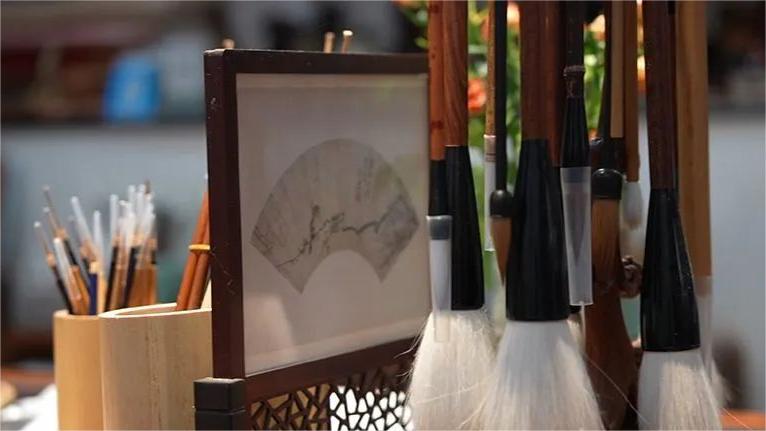China-Russia fishery conference signals promising prospects

This photo shows a king crab during the eighth China-Russia Expo in Harbin, northeast China's Heilongjiang Province, May 20, 2024. Over 5,000 overseas buyers registered at the expo and representatives from 44 countries and regions participated in the expo. The exhibition area spans 388,000 square meters, showcasing more than 5,000 products in over 20 major categories from 10 sectors. (Photo: Xinhua)
The inaugural China-Russia fishery industry cooperation conference was held in Northeast China's Heilongjiang Province on Sunday, marking what analysts on Monday said was a significant step forward in bilateral cooperation in the fishery sector.
The meeting was held in Fuyuan city, Heilongjiang on Sunday, with about 100 experts, scholars, and business delegates from both countries attending, the China News Service reported on the day. The event delved into discussions and knowledge-sharing sessions on fish biodiversity conservation, stock enhancement and release, and sustainable fishery development.
The conference underscored the commitment to fostering high-quality, enduring collaboration in the fishery sector between China and Russia.
Fuyuan has rich fish resources and is a vital habitat for rare cold-water species. Dubbed as the hometown of both the chum salmon and the sturgeon, Fuyuan is expected to achieve a fishery output value of 710 million yuan ($97.96 million) in 2024.
Sergey Kravchuk, mayor of Khabarovsk, Russia announced on Sunday that local fishery enterprises offer a diverse range of more than 200 products, including smoked and lightly salted salmon, fresh food, and various semi-finished fish products.
These enterprises are ready to supply fishery products to China, available for purchase either at Khabarovsk's own sales outlets or directly from the factories, with transportation to Fuyuan via water routes, according to the mayor.
A Chinese official highlighted the extensive cooperation between Fuyuan and Khabarovsk across areas such as trade, cultural exchanges, law enforcement in the fishery sector, and resource conservation.
"This conference signals a deepening of China-Russia fishery cooperation. Given China's significant demand for aquatic products and Russia's status as a major exporter with diverse offerings and competitive prices, along with the shared border in Northeast China, trade cooperation is convenient and holds promising prospects," Li Xin, director of the Center for Russian and Central Asia Studies at the Shanghai Institutes for International Studies, told the Global Times on Monday.
"Russian seafood sales have in recent years shifted from Western markets to China due to sanctions and the Russia-Ukraine conflict. China's relatively high level of economic development has created demand for Russian seafood, especially high-value products," Zhang Hong, an associate research fellow at the Institute of Russian, Eastern European and Central Asian Studies of the Chinese Academy of Social Sciences, told the Global Times on Monday.
"Apart from trade, China and Russia, as major freshwater fish farming countries, will engage in technological and theoretical cooperation to conserve the precious fish resources of the Heilongjiang River," Zhang said. "Together, we will collaborate and mutually advance in fish and environmental conservation efforts."
In recent years, Russian seafood, particularly from the Far East region, like red caviar and sturgeon roe, has gained traction in the Chinese market for its freshness, quality, and competitive pricing, Zhang noted.
China's imports of Russian seafood surged in 2023, totaling 1.28 million tons, up 37 percent year-on-year and the highest since 2015, according to media reports.
However, China's import volume of Russian aquatic products doesn't constitute a high proportion of its overall agricultural imports, indicating significant room for collaboration, according to Li.
"Broadly speaking, fishery cooperation between the two countries involves ecological conservation in the Heilongjiang region, trade collaboration, as well as energy cooperation in the North Pacific and Arctic areas, which are all key components of the Polar Silk Road," noted Li.
"The Russian government has called for Chinese involvement in the development of the Northern Sea Route several times, and China has also shown a commitment to furthering the joint construction of the Polar Silk Road with Russia," Li said.
Photos
Related Stories
- Russia-China relations based on common interests, conducive to world stability: Putin
- China, Russia to bring more benefits to their two peoples: Chinese FM
- China, Russia set prime example of new form of international, good-neighborly relations between two major countries
- 30% more Chinese tourists expected to visit Russian capital in 2024: Moscow tourism official
- 8th China-Russia Expo offers platform for food, beverage trade
- St. Petersburg International Economic Forum kicks off, with focus on China-Russia cooperation
Copyright © 2024 People's Daily Online. All Rights Reserved.









